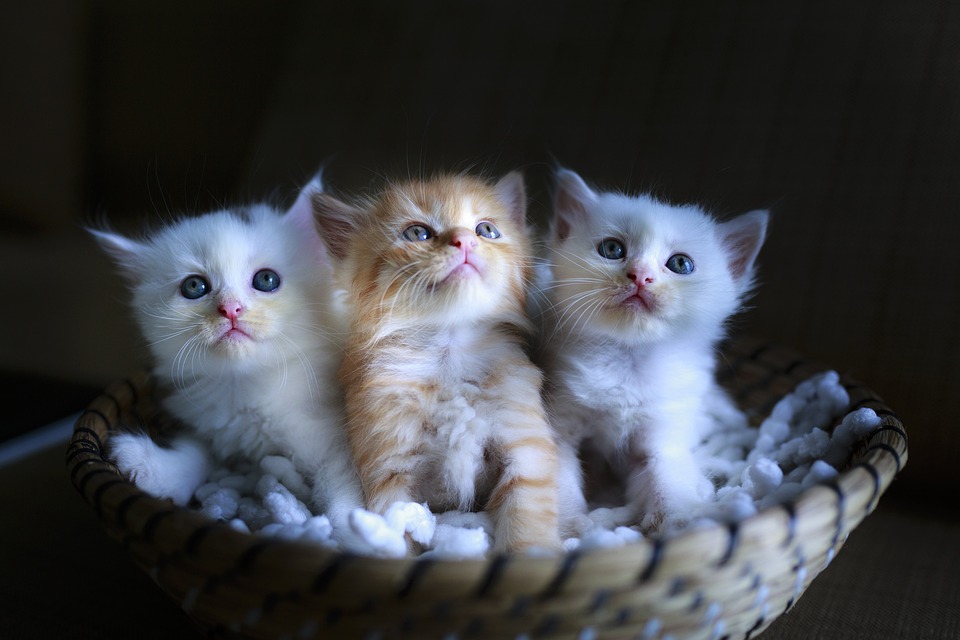Grooming is an essential part of a cat’s routine, helping to keep their fur clean and healthy. However, some cats may exhibit excessive vocalization during grooming sessions, causing distress to both the cat and their owner. In this article, we will explore the reasons behind this behavior and provide effective strategies to cope with excessive vocalization during grooming sessions. Additionally, we will address frequently asked questions related to this issue.
Understanding Excessive Vocalization during Grooming
Cats communicate through a variety of vocalizations, including meowing, hissing, purring, and growling. While some vocalization during grooming is normal, excessive vocalization can indicate underlying issues such as discomfort, fear, or anxiety. It is crucial to identify the cause behind your cat’s excessive vocalization to address the problem effectively.
Causes of Excessive Vocalization during Grooming Sessions
1. Physical Discomfort: Cats may vocalize excessively during grooming if they are experiencing physical discomfort. This discomfort could be due to skin irritations, allergies, matting, or pain in a particular area. It is essential to check your cat’s skin and fur for any signs of inflammation, wounds, or sensitivity.
2. Fear and Anxiety: Cats are known for their independent nature, and grooming sessions can sometimes be perceived as a threat. Cats with fear or anxiety issues may vocalize excessively as a defense mechanism. Previous negative experiences or a lack of trust in their owner can contribute to this behavior.
3. Lack of Proper Socialization: Cats that have not been adequately socialized from a young age may exhibit excessive vocalization during grooming. These cats may feel uncomfortable or frightened when being handled, leading to increased vocalization.
Strategies to Cope with Excessive Vocalization during Grooming
1. Create a Calm Environment: Ensure that the grooming area is quiet, free from distractions, and comfortable for your cat. Choose a room where your cat feels safe and secure, and minimize any potential triggers of anxiety.
2. Gradual Desensitization: If your cat exhibits excessive vocalization due to fear or anxiety, gradually desensitize them to grooming sessions. Start by introducing grooming tools, such as brushes or combs, in a non-threatening manner. Reward your cat with treats and positive reinforcement to associate grooming with something pleasant.
3. Seek Veterinary Advice: If you suspect that your cat’s excessive vocalization is due to physical discomfort or pain, consult with a veterinarian. They can examine your cat for any underlying medical conditions and provide appropriate treatment.
4. Professional Grooming Assistance: If you find it challenging to groom your cat without excessive vocalization, consider seeking professional grooming assistance. Professional groomers are experienced in handling cats and can provide a calm and stress-free environment for grooming.
FAQs: Frequently Asked Questions
Q: Is excessive vocalization during grooming sessions normal?
A: Some vocalization during grooming is normal, but excessive vocalization can indicate underlying issues that need to be addressed.
Q: How can I tell if my cat is in pain during grooming?
A: Watch out for signs such as flinching, hissing, growling, or aggressive behavior. If you suspect pain, it is recommended to consult with a veterinarian.
Q: Can I groom my cat at home if it vocalizes excessively?
A: It is possible to groom your cat at home with the right approach. Gradual desensitization, a calm environment, and patience can help in reducing excessive vocalization.
Q: Should I punish my cat for excessive vocalization during grooming?
A: Punishment is not recommended as it can increase fear and stress in your cat. Positive reinforcement and reward-based training are more effective approaches.
Q: When should I consider seeking professional grooming assistance?
A: If your cat’s excessive vocalization persists or if you feel overwhelmed, seeking professional grooming assistance can provide a stress-free grooming experience for both you and your cat.
Conclusion
Excessive vocalization during grooming sessions can be distressing for both cats and their owners. By understanding the reasons behind this behavior and implementing appropriate coping strategies, you can create a more positive grooming experience for your feline companion. Remember, patience, gradual desensitization, and seeking veterinary advice when necessary are key to addressing excessive vocalization during grooming.








